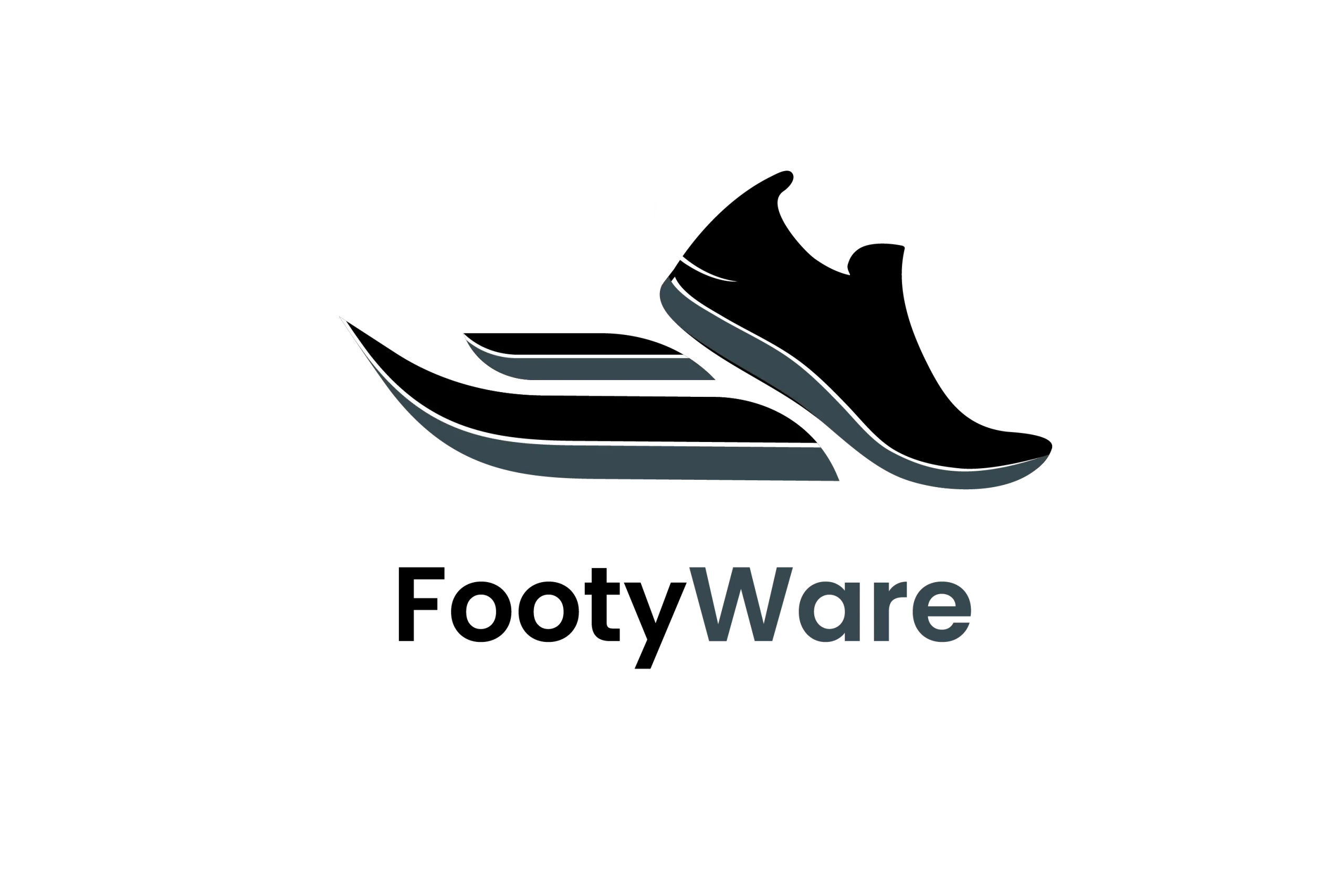Number of Players in Indoor Soccer – 6 Players

Imagine stepping onto a shiny wooden court, surrounded by walls instead of endless grass. The air crackles with excitement as sneakers squeak and the ball zips around like a lightning bug.
This is indoor soccer, a fast-paced version of the beautiful game played with way fewer players than you might think. But how many exactly?
That’s right, in indoor soccer, each team only has six players!
That’s compared to the whopping eleven players you see on the big outdoor fields. It might seem like less is boring, but trust me, indoor soccer is anything but! With fewer players on the court, things get way wilder. The ball’s always in play, everyone gets tons of touches, and goals fly in like rockets!
So why just six players? Well, it’s like a secret recipe. Having fewer players on the court makes the game super fast and keeps everyone involved in every play. Imagine being a defender and having to chase two attackers at once – a tough job, right?
In indoor soccer, you’re always in the thick of things, whether you’re dribbling past someone, blasting a shot at the goal, or saving a sneaky attempt from the other team.
Plus, the smaller court adds to the excitement. Walls become your friends, bouncing the ball back into play and creating crazy angles for shots. It’s like playing soccer in a giant pinball machine!
So, next time you see an indoor soccer game, remember the magic of the six-player format. It’s all about speed, skill, and non-stop action, proving that sometimes, less is truly more!
6 vs. 6 Players Means 6 a Side in Indoor Soccer
The standard lineup in indoor soccer is 6 players per team – 5 field players and 1 goalkeeper. The goalkeeper uses hands and feet while the field players play offense and defense as strikers or midfielders.
The 6-a-side format differentiates indoor soccer from the more giant 11-a-side outdoor game. But 6 players make sense on the tighter indoor field, opening up space for attacking play. It also allows for more scoring chances, constant involvement for players, and exciting end-to-end action.
Indoor Soccer Rules and Layout
Indoor soccer is played on a hard court surface, usually in a converted ice hockey or basketball arena ranging from 160 to 200 feet long by 85 feet wide. The compact playing area is surrounded by 4-foot-high walls called dasher boards.
Games consist of four 12-15 minute quarters with brief breaks in between. The unlimited substitutions and non-stop clock facilitate continuous, fast-paced play. There are also no offside rules like in outdoor soccer.
Player Positions and Responsibilities
The six players on indoor soccer teams slot into flexible positions, usually based on their offensive or defensive capabilities:
| Forward |
|---|
| – Create goal scoring opportunities |
| – Take shots from inside the box |
| – Make attacking runs into open space |
| Midfielder |
|---|
| – Maintain possession with passing |
| – Mark/track opposing midfielders |
| – Support forwards and defenders |
| Defender |
|---|
| – Prevent scoring chances |
| – Tackle opponents to regain possession |
| – Clear the ball away from danger areas |
| Goalkeeper |
|---|
| – Stop shots to prevent goals |
| – Communicate with defenders |
| – Start attacks with distribution |
- Forward – The one or two forwards are positioned closest to the opposing goal and tasked primarily with scoring. Their speed, power, and finishing ability are assets for putting shots on target. Forwards take the bulk of a team’s shots in indoor soccer.
- Midfielder – The midfielders handle most of the ball distribution, linking the defense to forwards. Their well-rounded ability lets them play both offense and defense. Midfielders set up goals with incisive passing but can also track back to break up counterattacks.
- Defender – One or two players focus more on defense to win back possession and keep the ball away from their indoor soccer net. Their physicality and tackling ability are key to thwarting opponents’ scoring chances. Communication is vital to organize the defense, especially on set pieces.
- Goalkeeper – As the last line of defense, the keeper uses all legal means necessary to prevent goals, including diving saves, catching shots, and deflecting balls. Their reflexes and courage are constantly tested in indoor soccer’s high-scoring games. Keepers start plays by distributing the ball back into play quickly after saves.
The Thrill of Unlimited Substitutions
A unique aspect of indoor soccer is teams can make substitutions freely throughout the match, even while the ball is in play. When a sub enters play, the player exiting simply steps off the field over the dasher boards. This style of rolling substitutions keeps fresh legs on the field for both teams.
Given the fast pace of indoor soccer and reduced roster sizes, having unlimited subs is essential. Players typically sub out every one to three minutes of play. This allows the non-stop, end-to-end action to be maintained for the full game duration. Teams employ different lines focused on offense and defense that shuffle in and out.
Benefits of the 6 vs. 6 Format
The 6-a-side indoor soccer format provides several benefits over larger-sided outdoor soccer:
| Gameplay Benefits |
|---|
| – More touches on the ball |
| – End-to-end action |
| – Increased number of shots |
| – Develop vision and awareness |
| Player Development |
|---|
| – Improve dribbling and control |
| – Increase passing accuracy |
| – Develop shooting technique |
| – Gain tactical knowledge |
| Atmosphere |
|---|
| – Exciting, competitive games |
| – Passionate team and crowd energy |
| – Social, fun environment |
| – Year-round play opportunity |
- More space – With just 5 outfield players on a still tightly confined playing surface, there is more free space for players to operate in. Dribbling lanes open up all over the field and passing options abound. This facilitates more dynamic, attacking soccer.
- Increased scoring – The extra space coupled with the walls makes it easier for players to take shots on goal from anywhere. Scoring rates are exponentially higher than outdoor soccer, routinely in double digits. This makes for an exciting fan experience.
- Constant involvement – Players must cover the entire field when their team is attacking and defending. Players get far more touches on the ball during a game than in outdoor soccer. There are no hiding places!
- Rotation opportunity – Unlimited substitutions allow teams to rotate their lineups frequently and give more players playing time versus outdoor soccer where starting spots are more fixed.
- Fast-paced action – The close quarters, fewer players, and rolling subs combine to produce extremely uptempo, fierce indoor soccer action from start to finish. Teams must have the fitness levels and skills to match the raised intensity.
Conclusion for 6 Players in Indoor Soccer
Remember those wide-open fields of outdoor soccer, where the ball could disappear for ages? Indoor soccer throws that rulebook out the window! With six players per side, the pitch becomes a pressure cooker of action, where every touch, every pass, and every decision boils down to one thing: owning the court.
Forget leisurely jogs across the grass – indoor soccer is a sprint from whistle to whistle. The reduced numbers mean more touches for everyone, turning defenders into attackers and attackers into scoring machines. It’s like playing keep-up on fast-forward, with walls bouncing the ball back into play and goals erupting like fireworks.
But it’s not just about chaos. The 6-a-side format demands skill and smarts. Teamwork becomes your secret weapon, as quick passes weave through the defense and pinpoint shots find the back of the net. Fitness is king (and queen!), as players cover every inch of the court, battling for possession and launching counter-attacks like lightning strikes.
So, the next time you see an indoor soccer game, don’t just watch – feel the energy. Witness the magic of six players weaving a spell of skill, speed, and relentless hustle. Indoor soccer isn’t just a smaller version of the beautiful game; it’s a whole new beast, one that roars with excitement, rewards quick thinking, and proves that sometimes, less truly is more.
